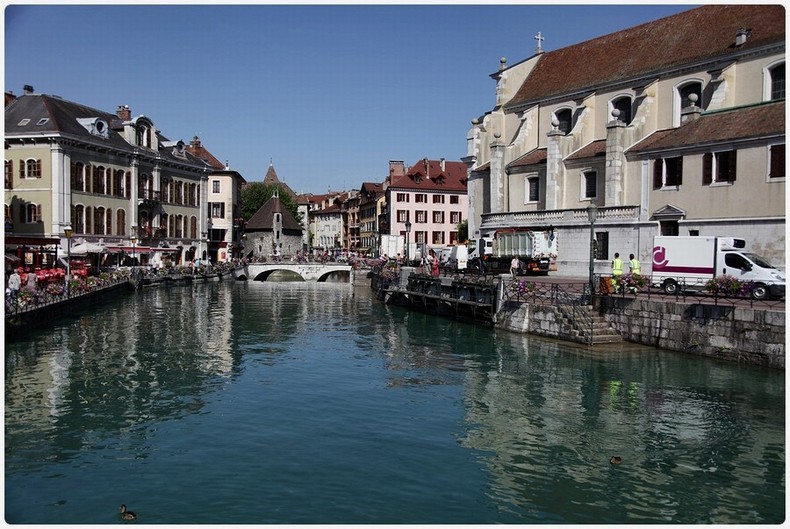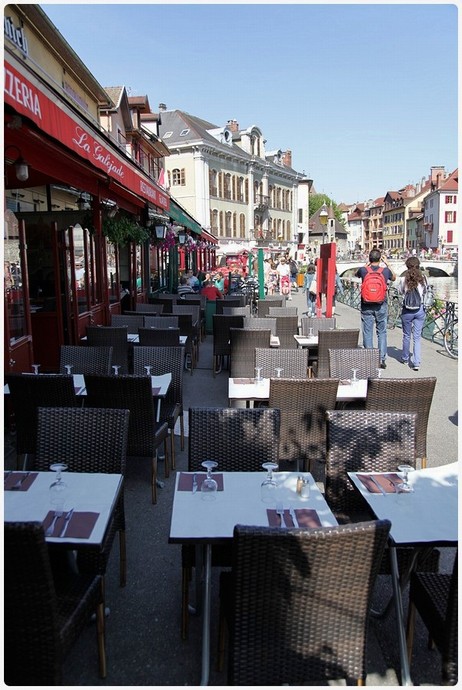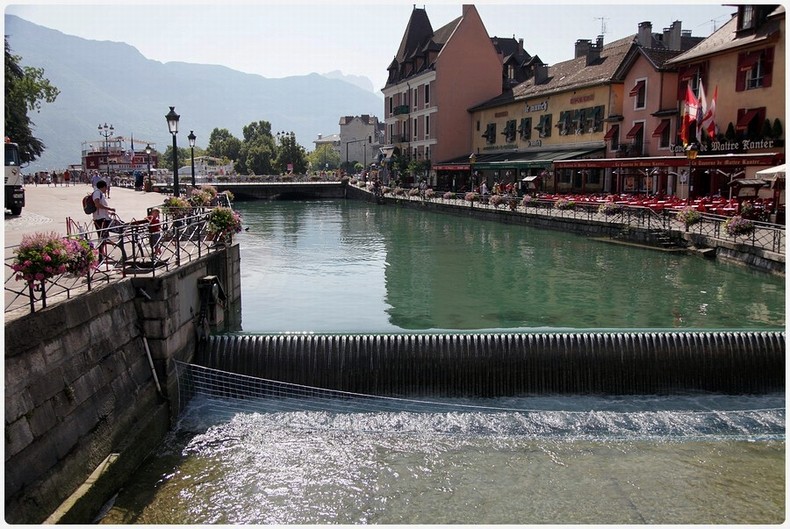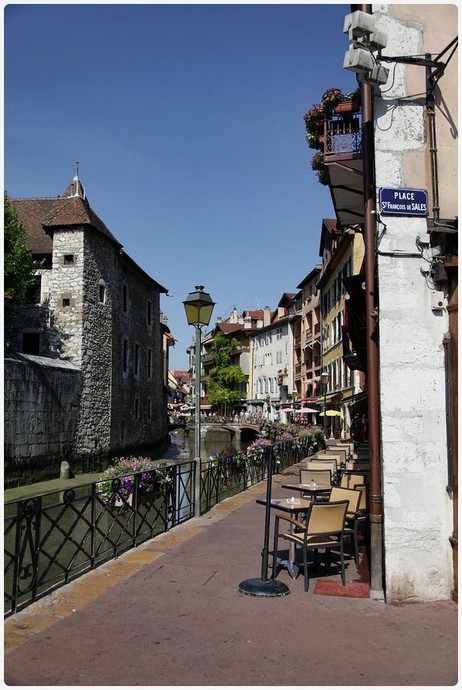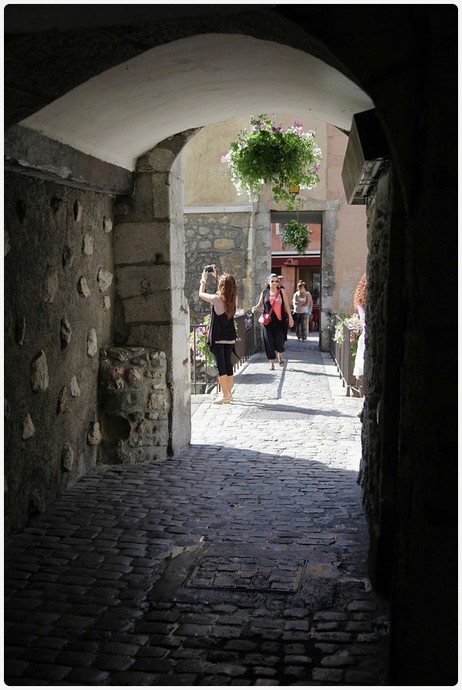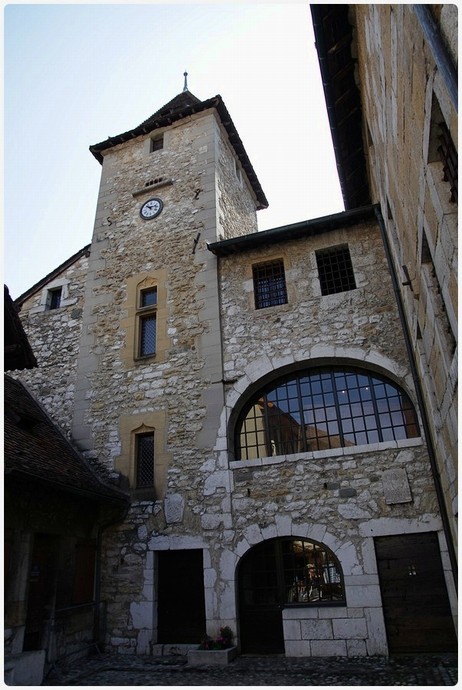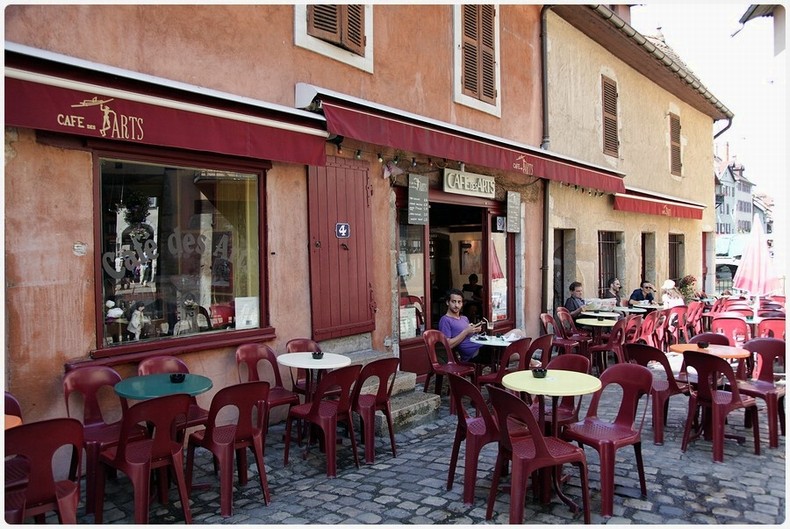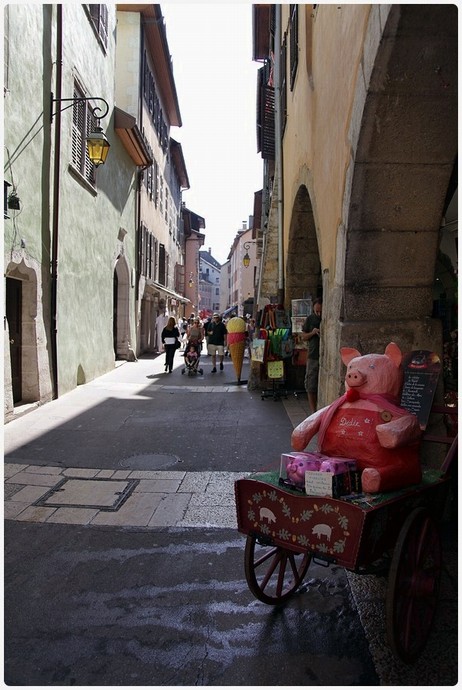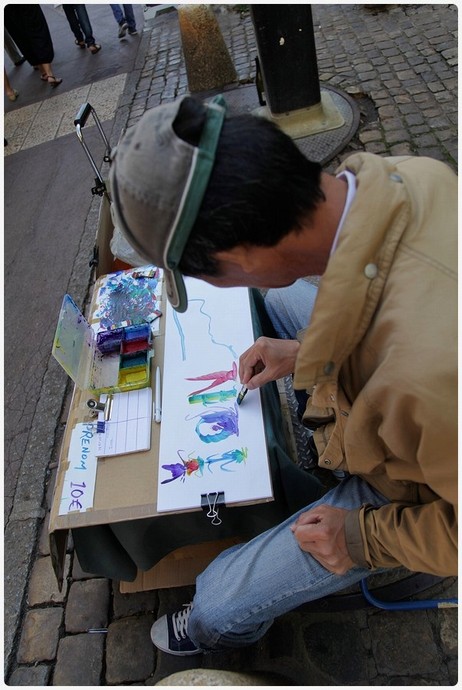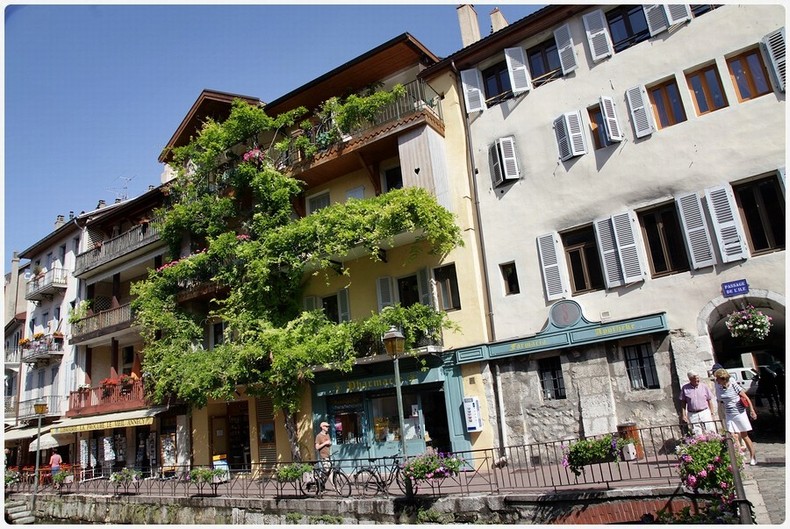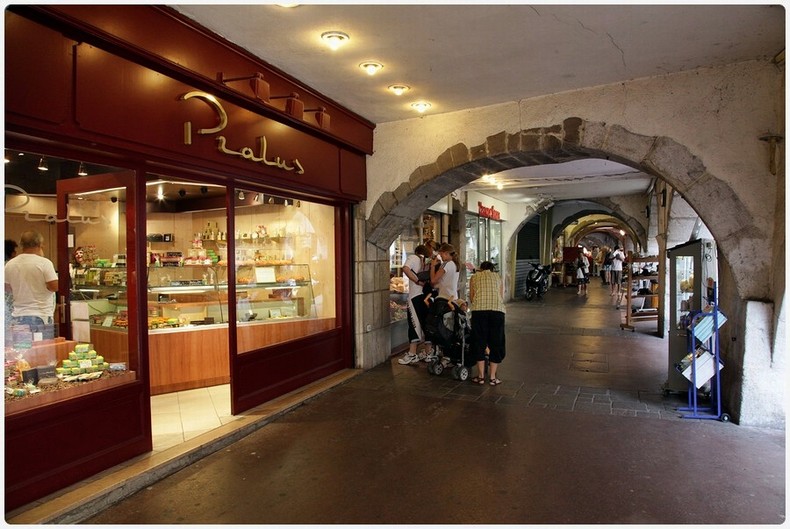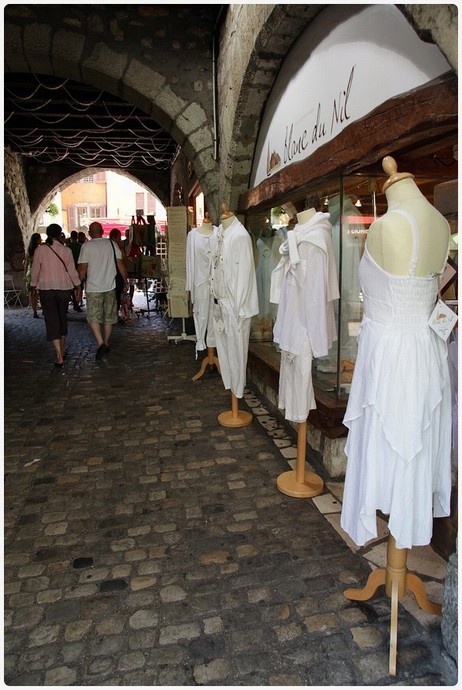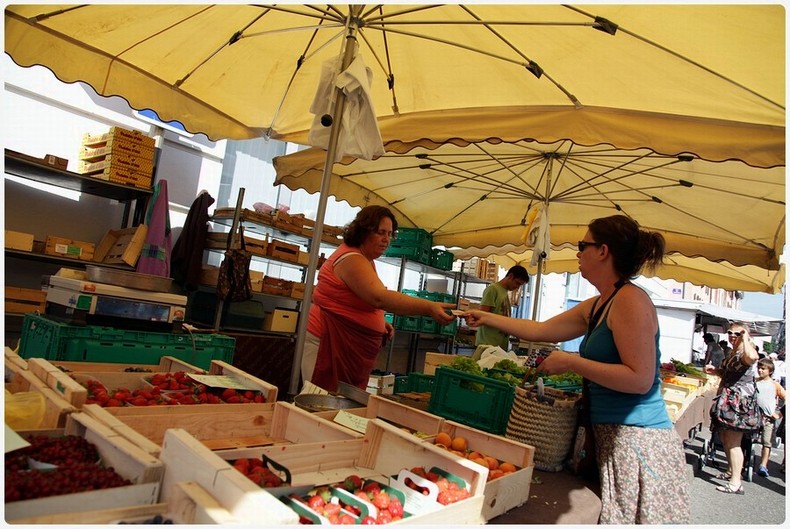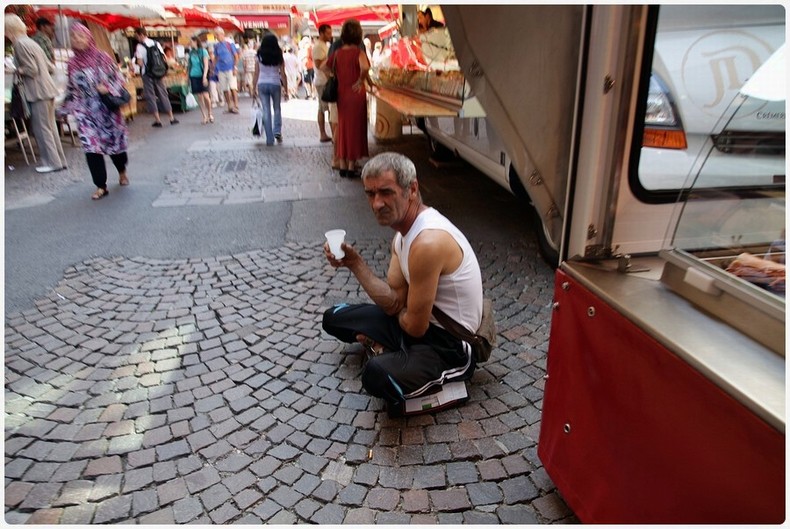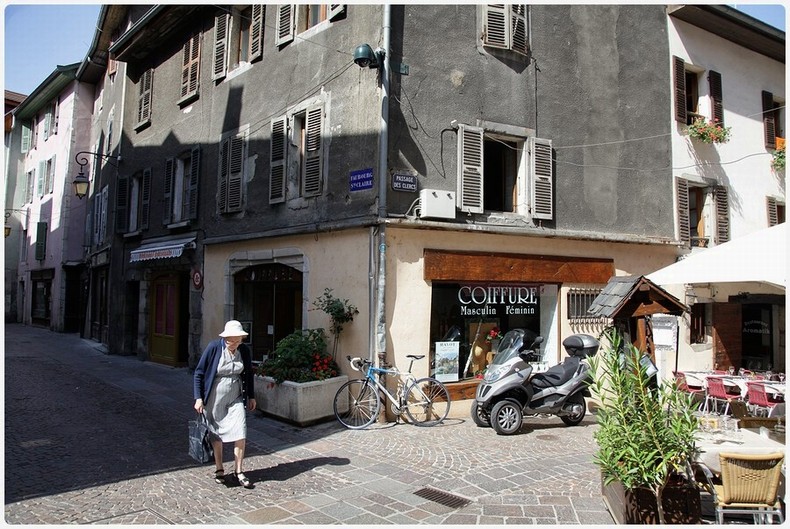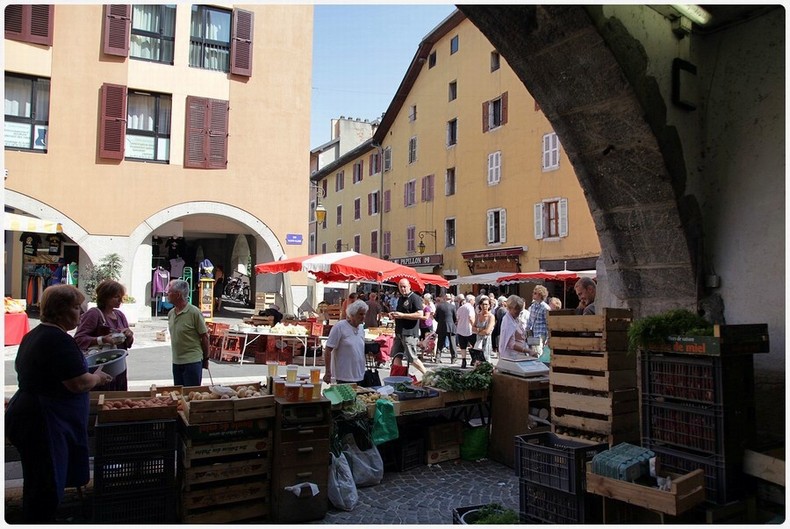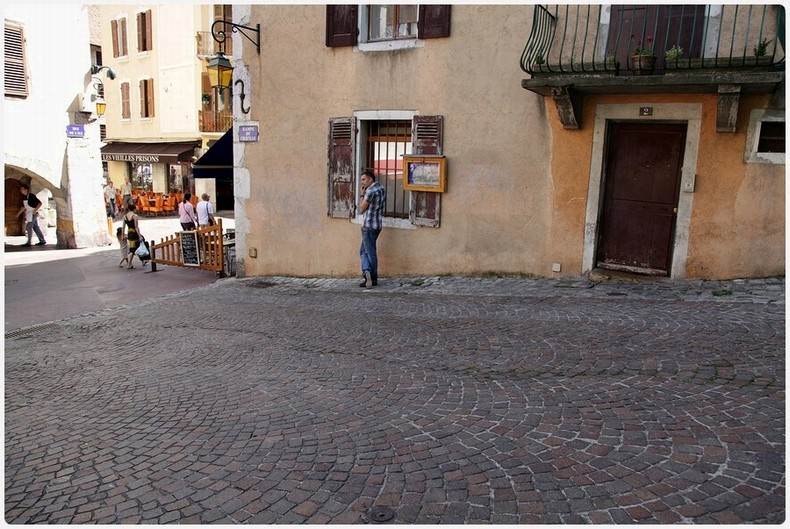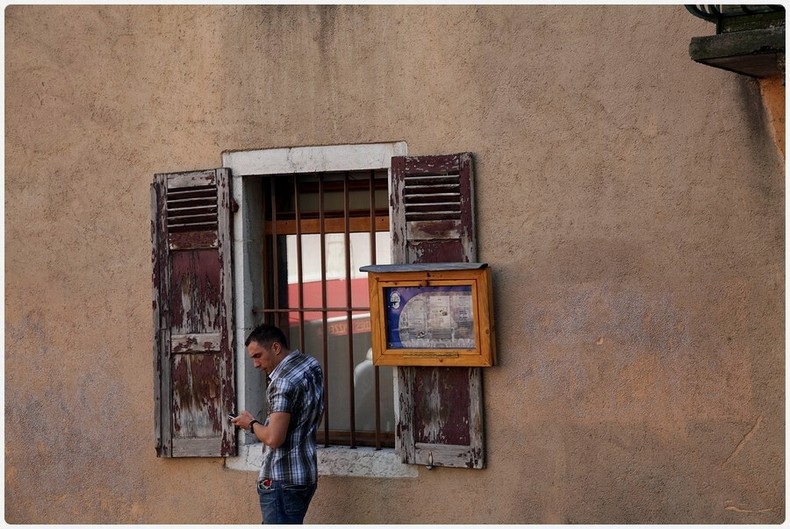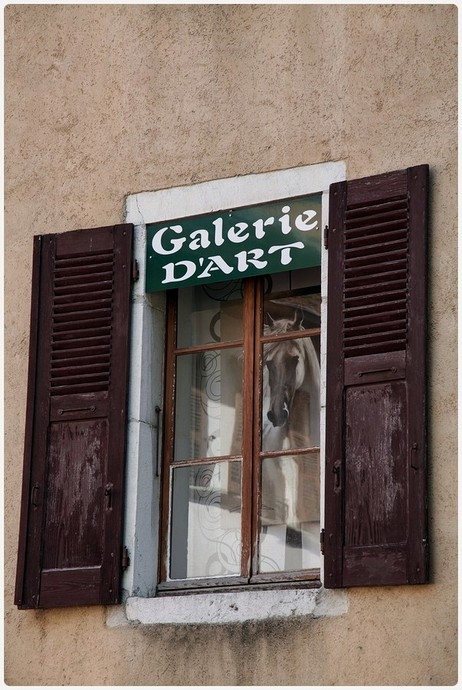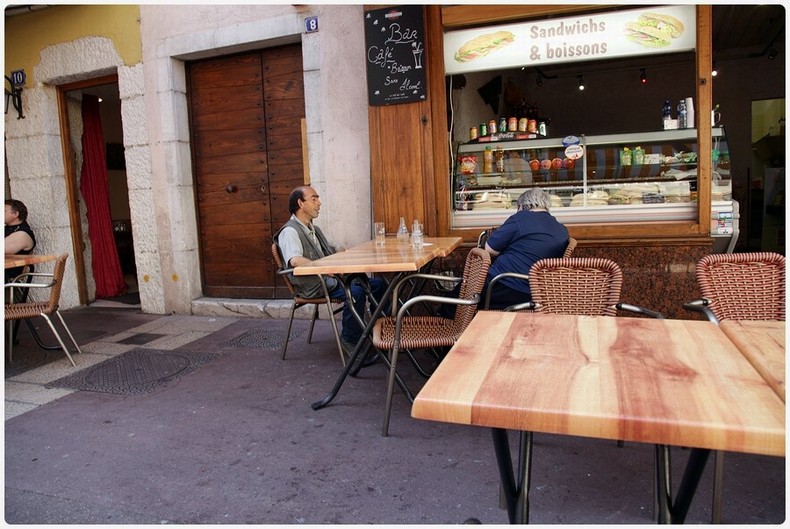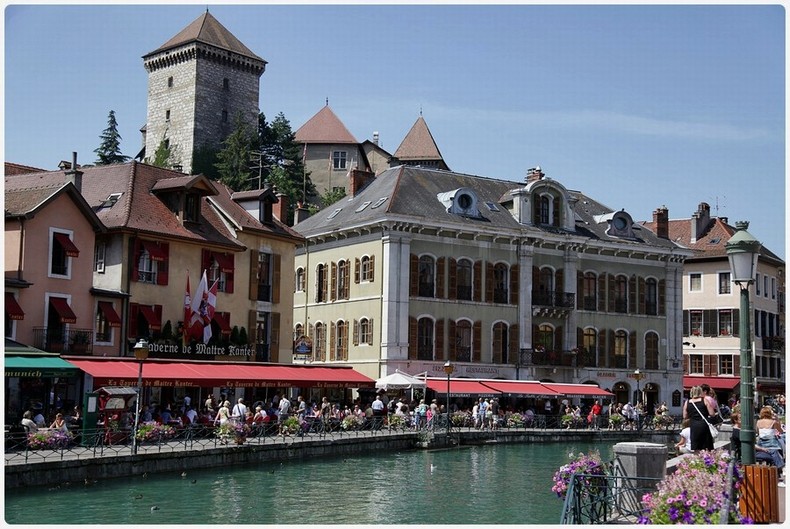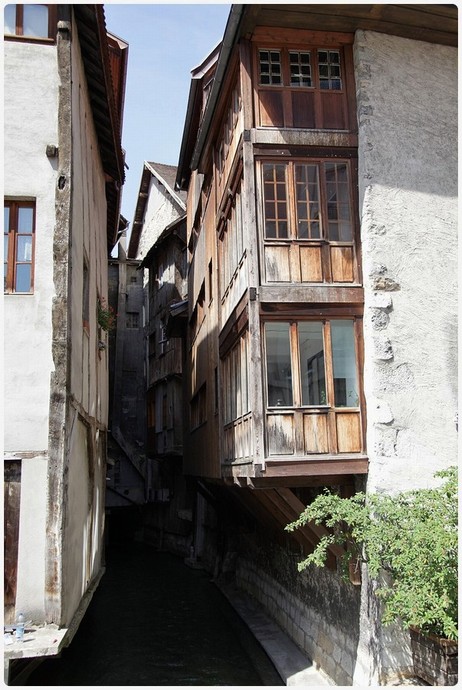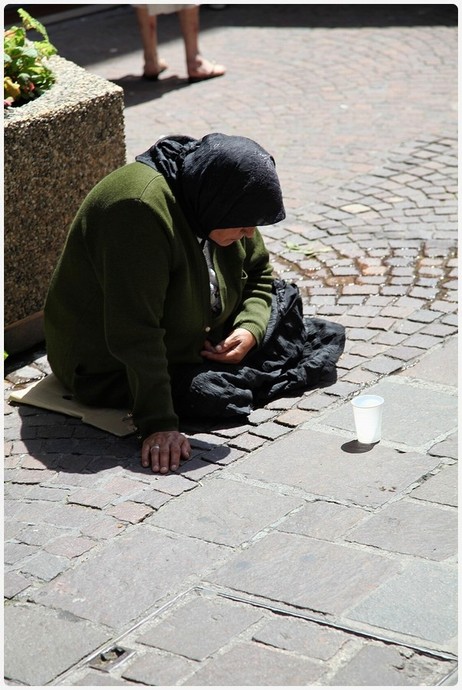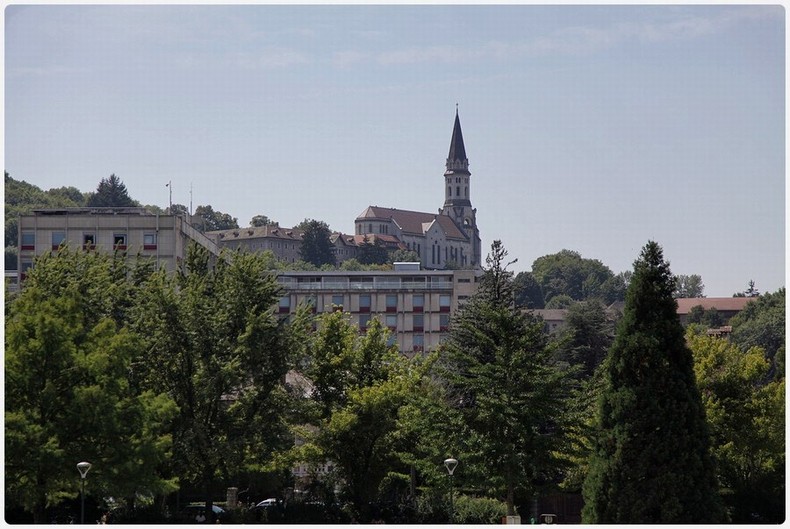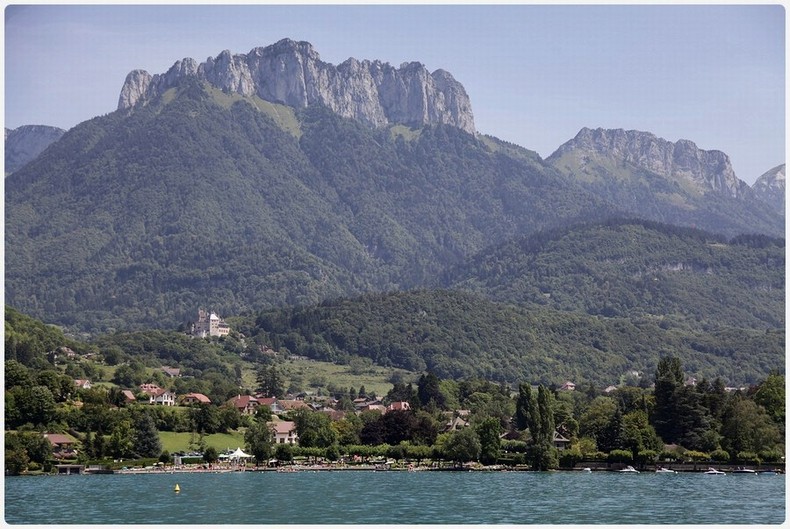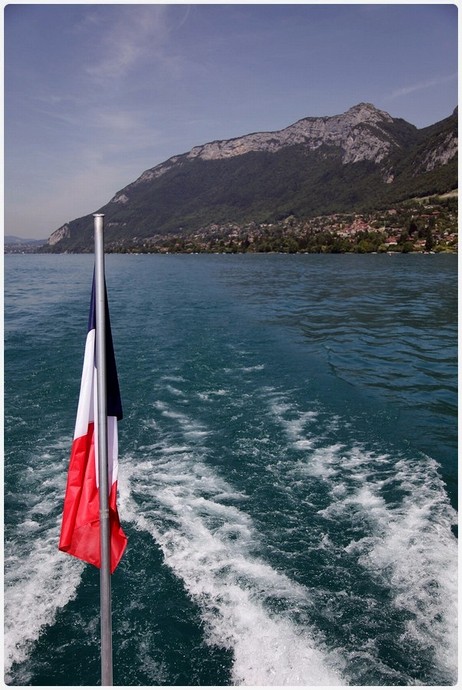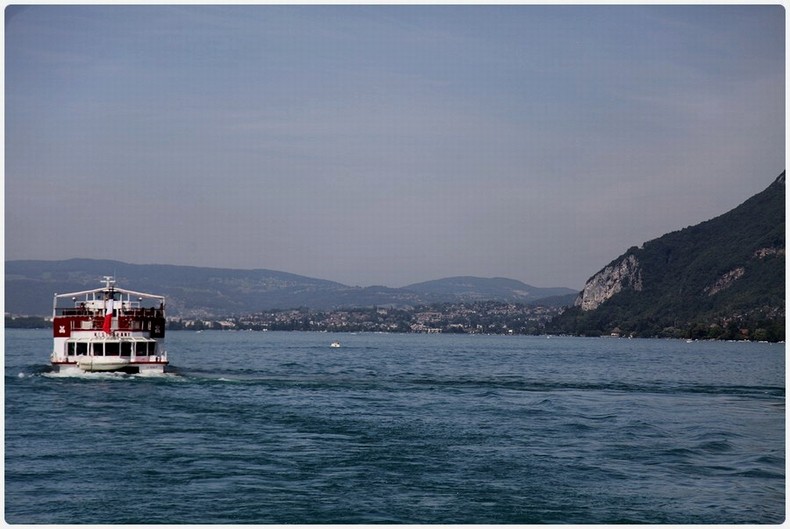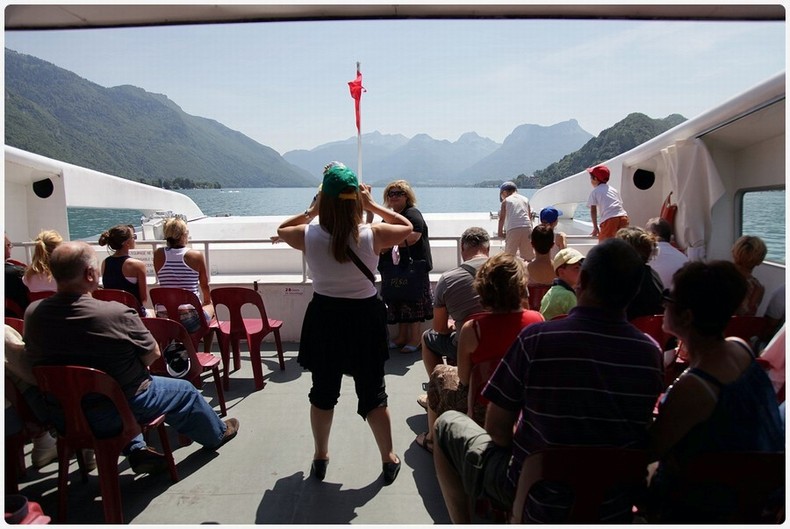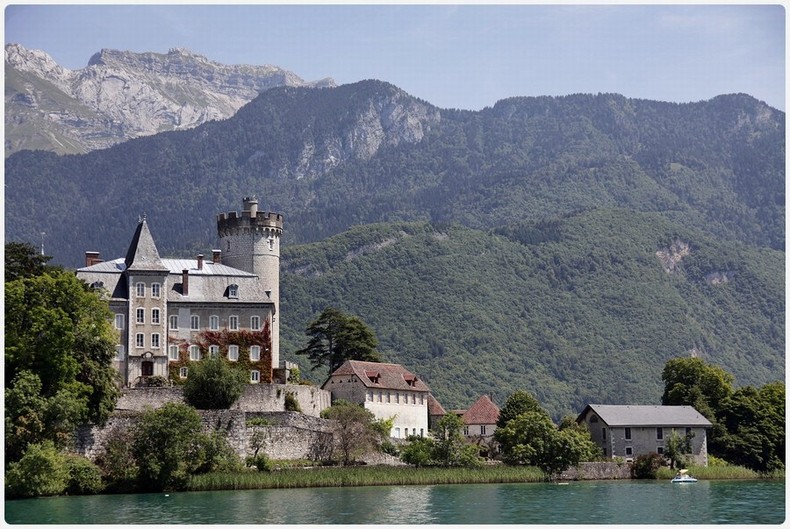A special destiny has permitted a town with origins that reach far into the past to exploit all the resources of a site blessed by nature, knowing how to seize opportunities and how to survive through the centuries while remaining always of its own time.
A lock town at the exit from a lake on a road crossing the great routes from Italy to Geneva, its site puts in contact with two zones: the pre-Alpine mountains of the Bornes and the Bauges on one side and the plain with the Albanais district on the other.
Its site is particularly blessed with the lake which has become its symbol, the Thiou, a former industrial route that has become a tourist attraction, the huge Semnoz forest which has remained wild, the spacious Fins plain well-suited to unlimited urban development, and finally the sloping border of Annecy-le-Vieux, the pleasant beginning of the northern landscape.
As for its history, the nearness of Geneva was to be the cause of successive rises in status as the town became in succession capital of Geneva county when the Counts chased from that city settled there in the 13th century, then a bishopric after the triumph of Calvinism in the 16th century.
Promoted in the 15th century to capital of an attached territory of the House of Savoie, it was to experience a radical transformation at the beginning of the 19th century by becoming an active industrial centre, a role which grew stronger in the 20th century without slowing the growth of tourism.





